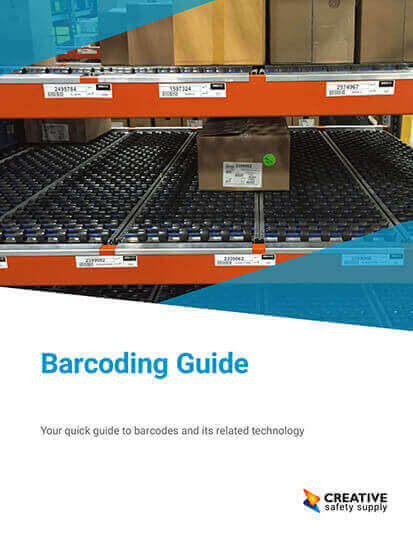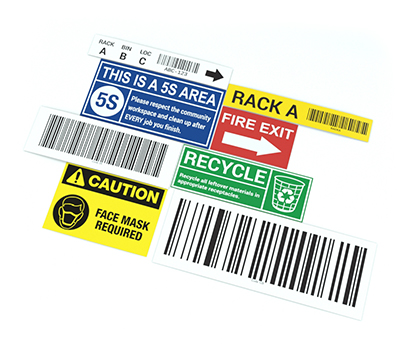Need barcodes? This easy-to-use form will get you printing and scanning barcodes in no time.
Use this free generator to create barcodes for product identification, Lean logistics, inventory management, asset tracking, and more!
When to Utilize a Barcode Generator
A barcode consists of parallel black bars that have often been likened to the stripes of a zebra. Each bar and the space between them have a unique width, making each barcode unique. Barcodes are designed to be read by specialized scanners and serve as a visual representation of an item's identification details. By scanning a barcode, you can quickly identify your item. While barcodes traditionally feature a black-and-white color scheme, there is potential to print them in various colors to blend with the design, but only as long as they remain scannable.
One of the primary advantages of utilizing barcodes is their ability to facilitate asset monitoring. By combining them with scanner devices, organizations can effectively track the movement of assets used by their personnel, keep tabs on items and their expiration dates using serial and batch numbers, retrieve package information, and identify various documents such as invoices, item details, and customer-related data.
Implementing a barcode system in an organization brings about significant time savings. Scanning a barcode is much quicker compared to manually entering product information, eliminating the need for laborious manual data entry. This streamlined process enhances the accuracy of the output, reducing the chances of human error. With barcodes deployed, employees can conduct detailed stock counts without the need to individually identify an item, simplifying the monitoring process.
How to Use a Barcode Generator:
- Select your desired barcode type (symbology) from the drop-down menu. Code 128, the most common type, is set as the default barcode.
- Enter in the text that you wish to be encoded into the barcode (being aware of capital letters and lowercase since barcodes are case sensitive).
- Customize the barcode height, margin, and width of the spacing between the bars.
- Format the text to meet your desired appearance (bold, italics, text height, alignment, and margin spacing).
- Download the barcode as PNG or SVG to print.
Choosing the right symbology for your barcode:
Many different types of barcodes are referred to as symbologies and offer different ways of encoding the data. The most commonly known types of barcodes include QR codes and UPCs, but there is plenty more to learn about. The best symbology for an organization to use will depend on factors such as whether the barcode data is numeric or alphabetic and how these can be scanned by computer systems.
The term symbology refers to the mapping between information and barcodes, being comparable to different languages since the symbols have certain specifications that explain how to decode the stored data. The different barcodes can be split by the different information categories they include, with defining factors being what each bar's width and space means, the amount of data needing to be stored, the size of the quiet zone that surrounds the barcode, and the check digit.
For more information on barcodes, visit our Barcode FAQ.


